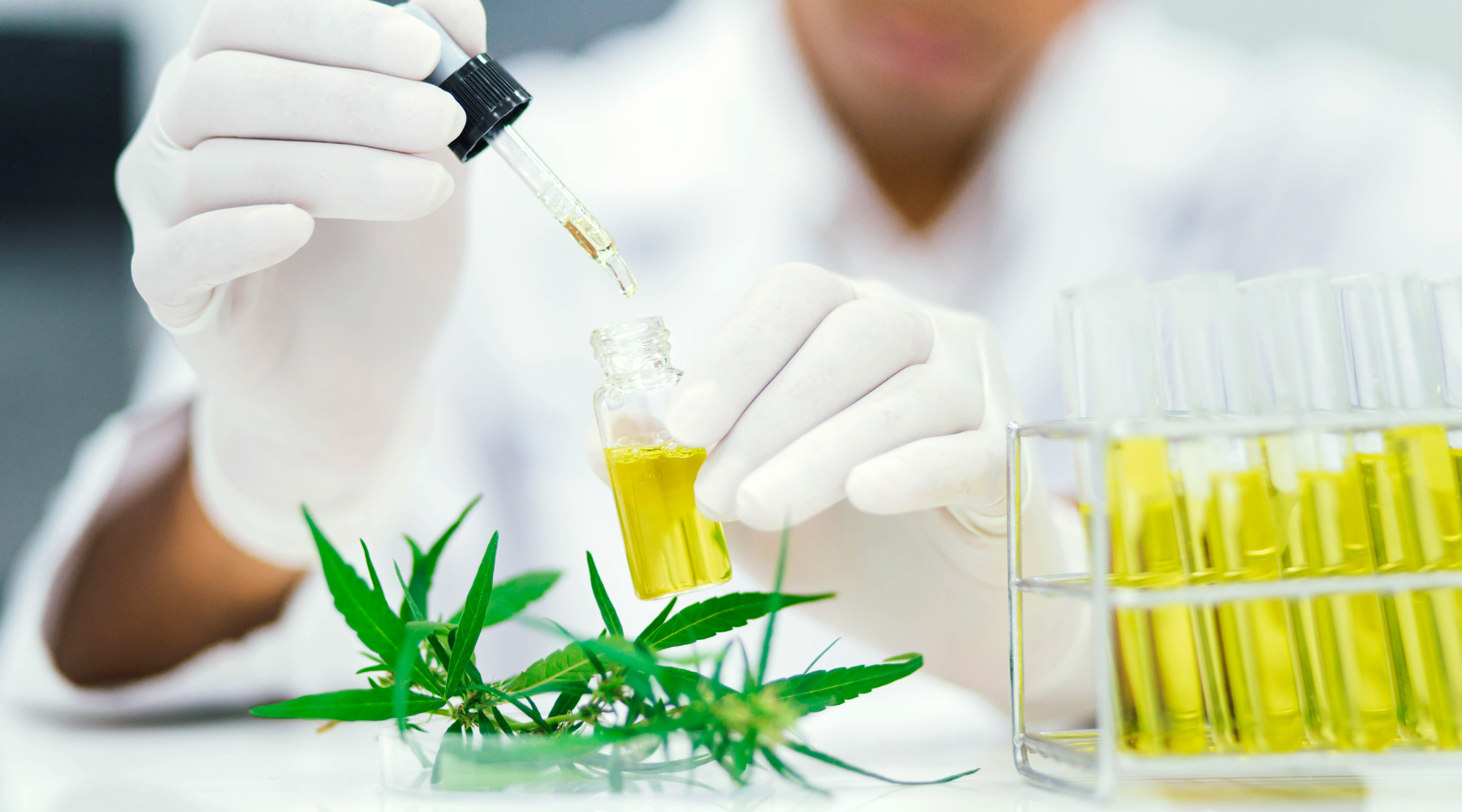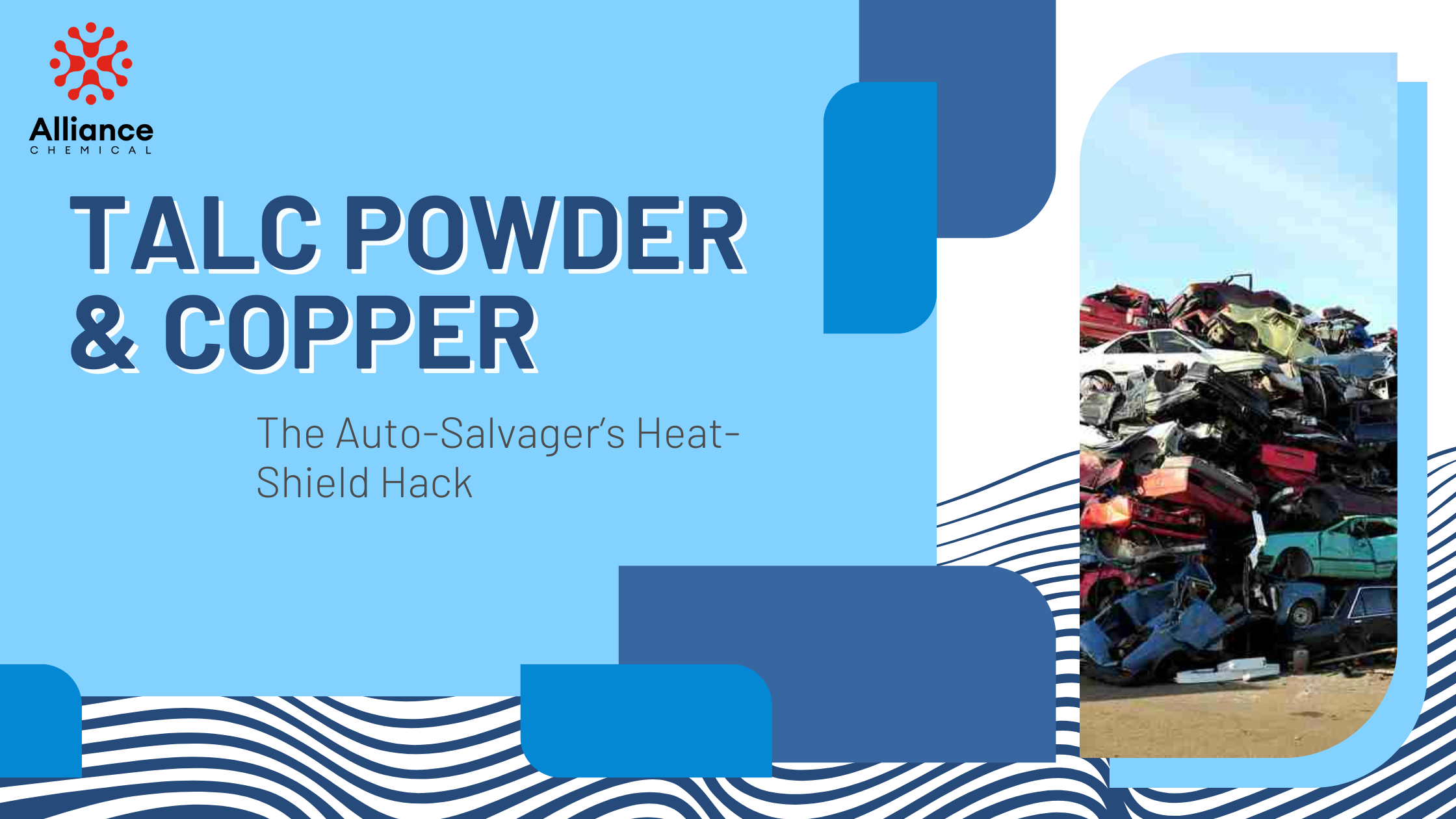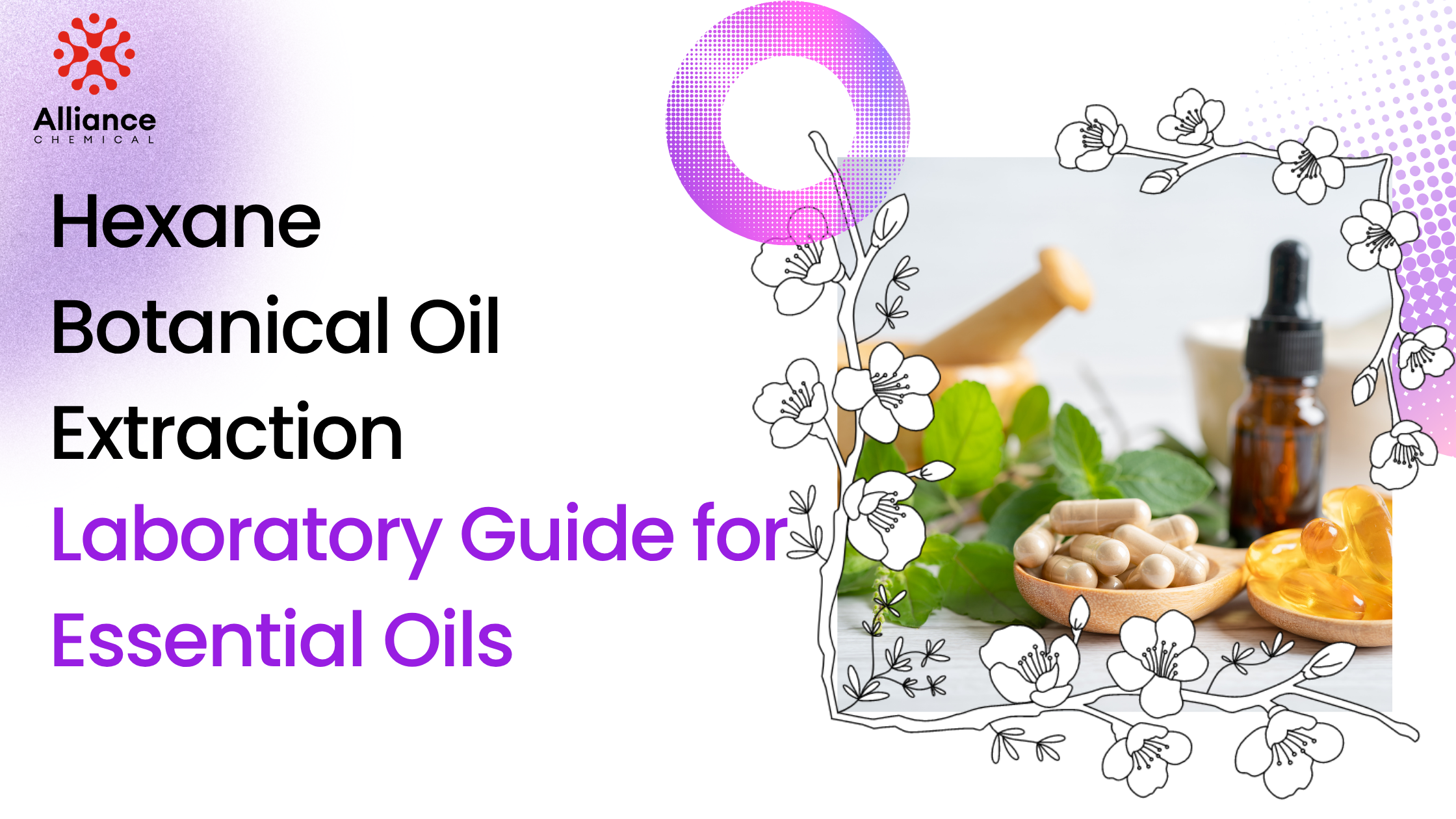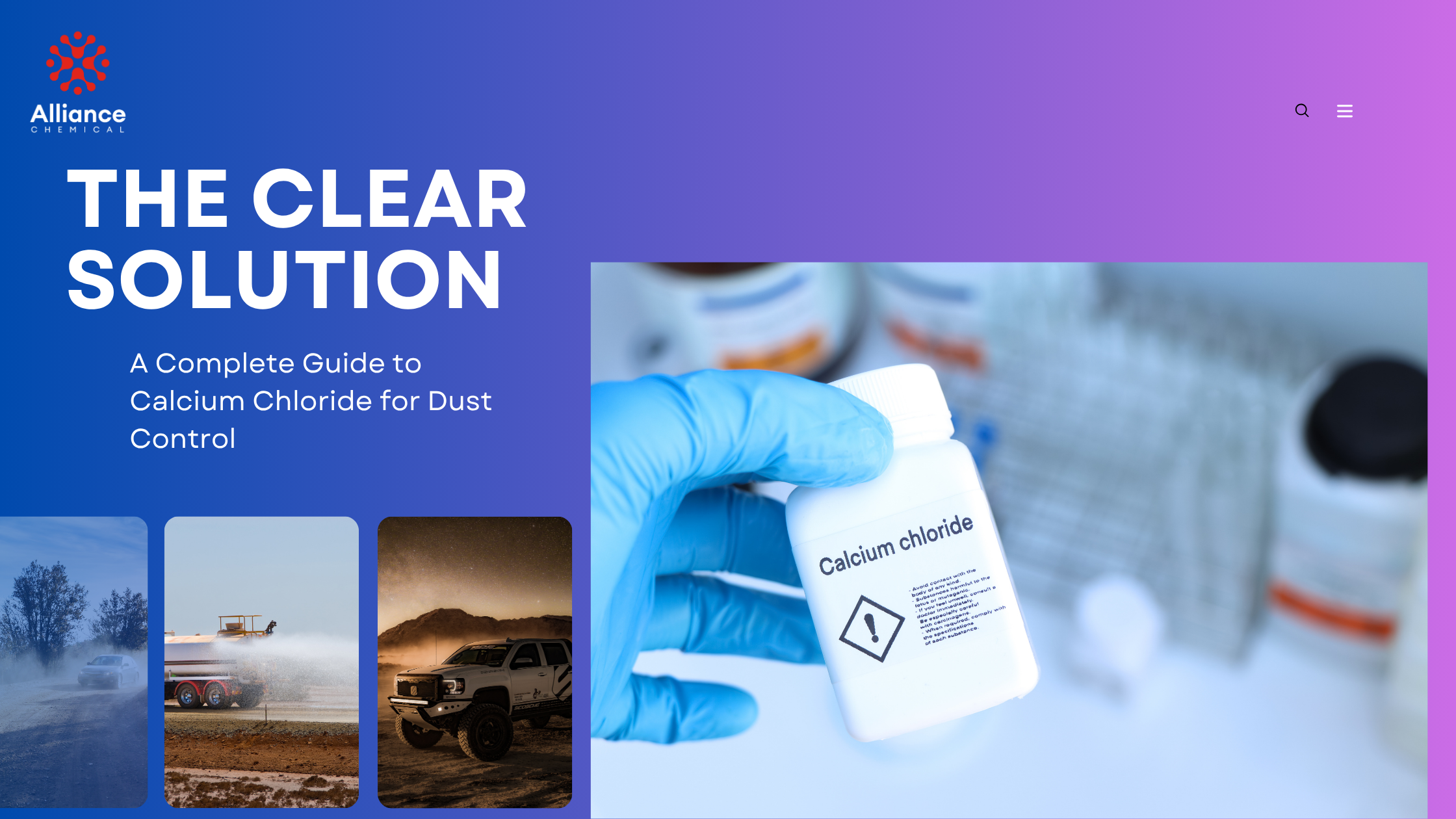
Chilling Tales of Ethylene Glycol vs Propylene Glycol: An Epic Battle for the Crown of Best Antifreeze
Table of Contents
Summary
In the precise world of thermal engineering and industrial processing, the choice of a heat transfer fluid is a critical decision with far-reaching consequences for efficiency, safety, and equipment longevity. Ethylene Glycol (EG) and Propylene Glycol (PG) are the two dominant fluids in this space, yet they are fundamentally different tools for different tasks. This definitive technical guide moves beyond the basics to dissect the nuanced performance characteristics, safety profiles, and chemical imperatives of each, empowering engineers, facility managers, and technicians to make the optimal selection.
The Physics of Protection: How Glycol-Based Fluids Operate
Before comparing EG and PG, it is essential to understand their shared primary function. Both are diols (alcohols with two hydroxyl groups) that are completely miscible in water. When blended with water, they fundamentally alter the solution's colligative properties through the mechanism of hydrogen bond disruption. This yields two crucial outcomes:
- Freezing Point Depression: The glycol molecules interfere with the ability of water molecules to form the crystalline lattice structure of ice. This lowers the solution's freezing point far below 0°C (32°F), with the maximum depression typically occurring at a concentration of around 60% glycol.
- Boiling Point Elevation: The glycol increases the energy required for the solution to transition from a liquid to a gaseous state, raising its boiling point well above 100°C (212°F). This allows systems to operate at higher pressures and temperatures without boil-over, improving thermal efficiency.
The precise blend, such as a 50/50 or 60/40 mix, is engineered to provide the required temperature protection range for a specific operational environment.
Ethylene Glycol (EG): The Industrial Standard for Thermal Performance
For decades, Ethylene Glycol has been the default choice for industrial heat transfer applications where maximum performance is the primary design driver. Its dominance is rooted in superior physical properties.
Technical Advantages of Ethylene Glycol
- Lower Viscosity: EG molecules are smaller and less complex than PG molecules, resulting in a lower viscosity, especially at cold temperatures. This means less pumping energy (parasitic load) is required to circulate the fluid, leading to higher overall system efficiency.
- Superior Heat Transfer: EG possesses a higher thermal conductivity than PG. This means it can absorb and release heat more effectively, making it the superior choice for applications demanding rapid and efficient temperature regulation, such as industrial chillers and high-performance automotive cooling systems.
- Cost-Effectiveness: As a primary petrochemical, EG is generally less expensive to produce, offering a significant cost advantage for large-volume systems like data center cooling loops or manufacturing process chillers.
Professional's Takeaway: Ethylene Glycol is the optimal engineering choice for closed-loop, industrial systems where efficiency and cost are paramount and the risk of human or environmental contact is negligible.
Propylene Glycol (PG): The Mandate for Safety and Sensitivity
Propylene Glycol's rise to prominence is driven by one defining characteristic: its significantly lower toxicity. This single characteristic makes it not just an alternative, but the *only* acceptable choice for a vast range of applications.
The Critical Distinction: Technical vs. USP (Food Grade)
Understanding the grades of PG is non-negotiable from both a performance and a legal standpoint.
- Technical Grade PG: Suitable for most industrial heat transfer applications where safety is desired but food-grade purity is not required, such as standard HVAC systems, solar thermal applications, and sidewalk snowmelt systems.
- Propylene Glycol USP Grade: This grade meets the stringent purity requirements of the United States Pharmacopeia and is classified by the FDA as "Generally Recognized As Safe" (GRAS) for human consumption. Its use is legally mandated in any system where the fluid could potentially have incidental contact with potable water, food, or beverages.
Where PG is the Unquestionable Choice
PG's safety profile makes it essential in: Food & Beverage Processing (breweries, wineries, dairies), Pharmaceutical Manufacturing, HVAC systems in sensitive locations (schools, hospitals, apartment buildings), and as a primary component in non-toxic coolants and antifreeze for RVs and boats.
The Unseen Guardian: The Critical Role of Inhibitor Packages
Perhaps the most critical and misunderstood aspect of heat transfer fluids is the inhibitor package. In the presence of heat, oxygen, and water, all glycols will naturally degrade over time, forming corrosive organic acids (such as glycolic, formic, and acetic acid).
An uninhibited glycol solution is a ticking time bomb for your system. These acids will aggressively attack system metals, leading to pitting corrosion, galvanic corrosion between dissimilar metals (e.g., copper and steel), and eventual catastrophic failure of pumps, heat exchangers, and piping.
Professionally formulated solutions contain a sophisticated package of chemical inhibitors that:
- Buffer the fluid to maintain an alkaline pH, neutralizing the corrosive acids as they form.
- Form a protective passivation layer on metal surfaces, preventing direct contact with the fluid.
- Include metal-specific inhibitors to protect components like aluminum and copper.
For a premium, pre-inhibited solution that offers the safety of propylene glycol combined with a robust, multi-metal corrosion inhibitor package, a product like Arctic Assist is engineered for maximum system protection and longevity.
Technical Comparison: A Data-Driven Decision Matrix
| Performance Metric | Ethylene Glycol (EG) | Propylene Glycol (PG) | Verdict & Engineering Impact |
|---|---|---|---|
| Toxicity | ❌ High (Toxic) | ✅ Very Low (Non-toxic) | PG is the only choice for food, beverage, or sensitive human environments. |
| Heat Transfer Efficiency | ✅ Superior | ➖ Good | EG allows for smaller, more efficient heat exchangers and lower flow rates. |
| Viscosity at Low Temp | ✅ Lower | ❌ Higher | EG requires significantly less pump energy in cold start-up conditions. |
| Upfront Cost | ✅ Lower | ➖ Higher | EG provides a lower initial fluid cost for large-volume industrial systems. |
| Environmental Profile | ❌ Slower Biodegradation | ✅ Readily Biodegradable | PG is preferred where potential environmental release is a concern. |
Making the Right Choice: A Systems-Based Flowchart
Navigate the decision process with this practical flowchart.
Mandatory Safety & Handling for Glycols
While PG is non-toxic, all industrial fluids require professional handling. The primary danger of EG is its high toxicity upon ingestion.
- Ethylene Glycol is TOXIC: Its sweet taste is attractive to animals. All spills must be cleaned immediately and thoroughly. Store in secure, clearly labeled containers. Dispose of as hazardous waste per local regulations.
- Personal Protective Equipment (PPE): Wear standard PPE, including nitrile or butyl rubber gloves and safety glasses, to prevent skin and eye contact.
- System Integrity: Never mix EG and PG. This will compromise the inhibitor package and the fluid's performance characteristics. Always flush a system thoroughly before changing fluid types.









